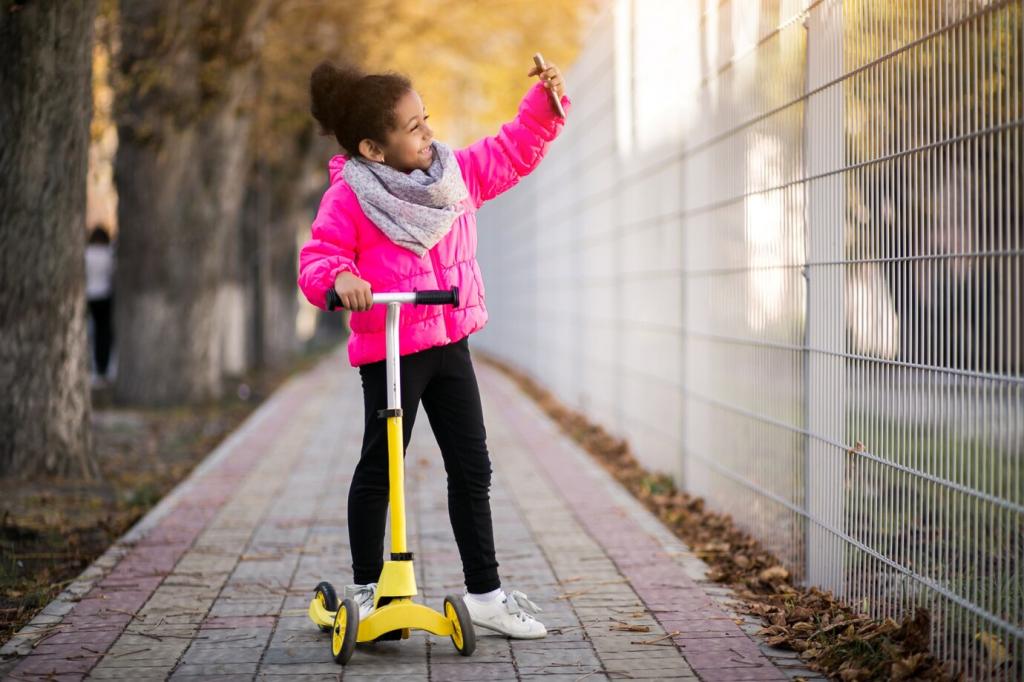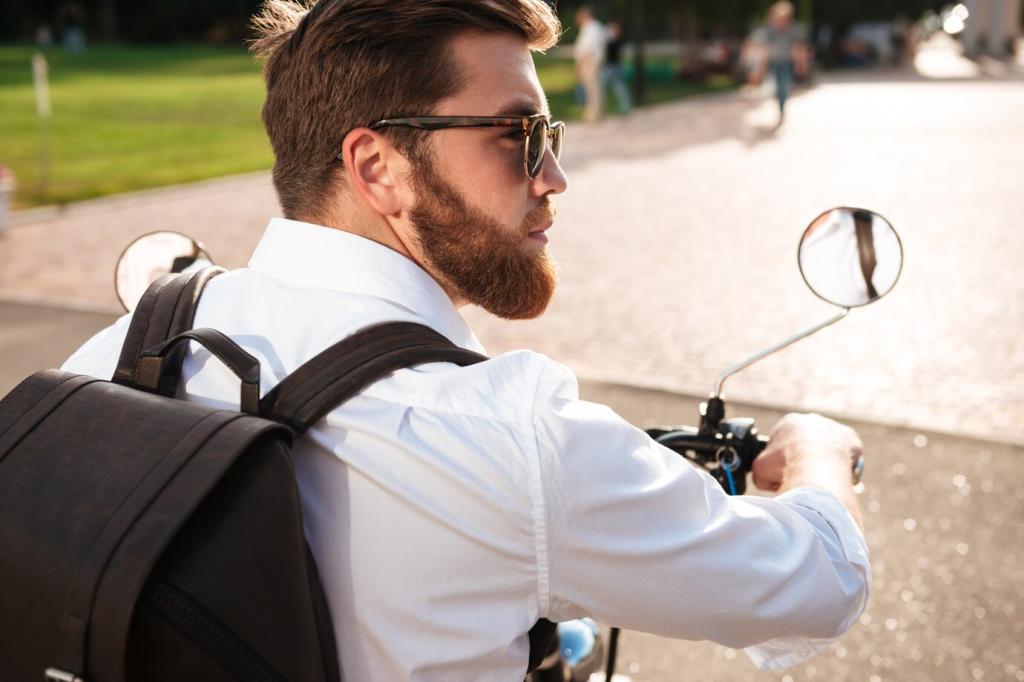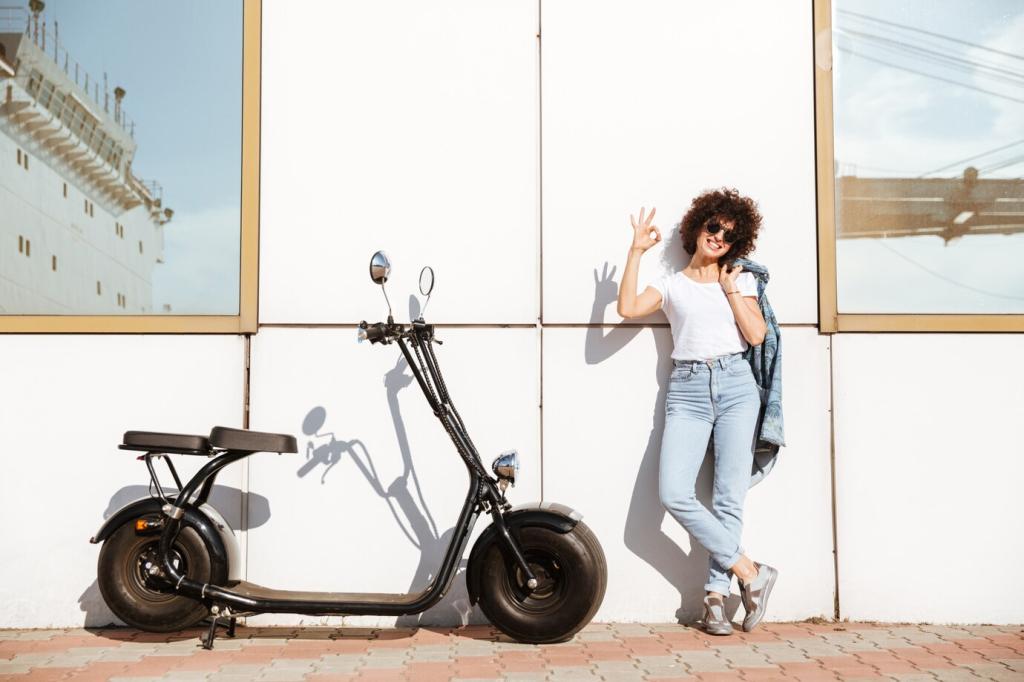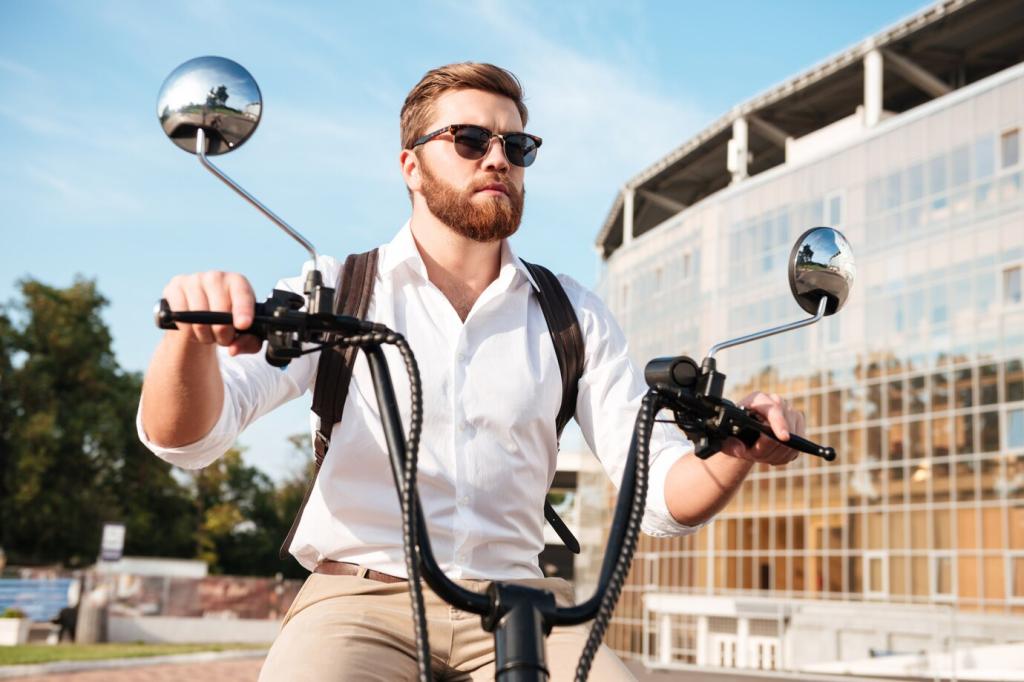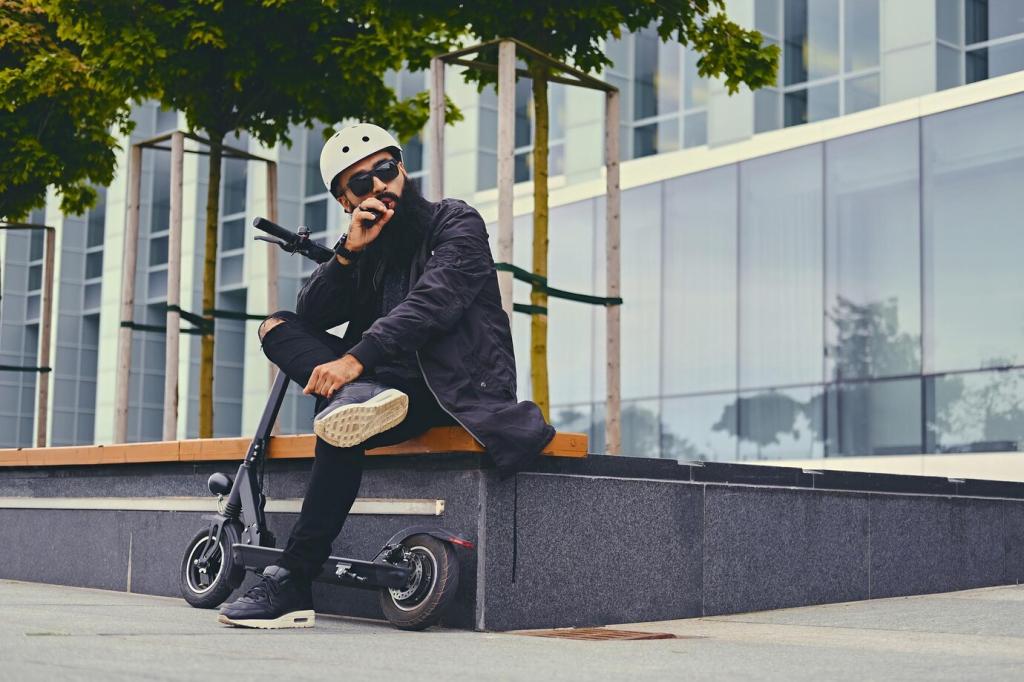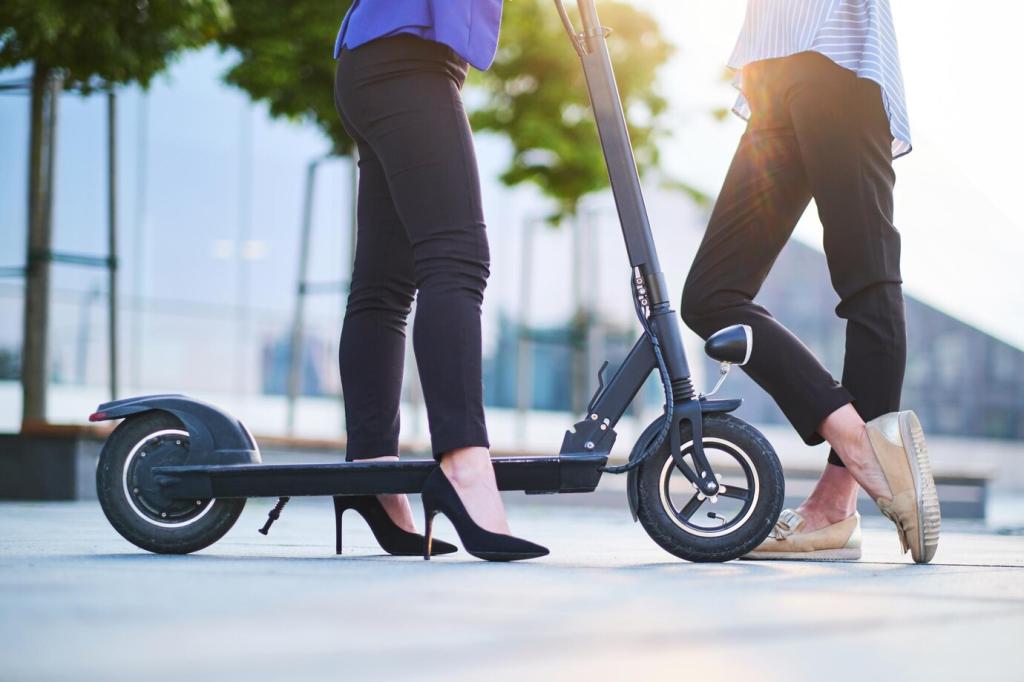Shared Spaces, Shared Responsibility
When in doubt, yield. People on foot set the pace, especially near crosswalks, storefronts, bus stops, and school gates. Treat every unpredictable pause as an invitation to slow, smile, and make eye contact. Courtesy turns tense moments into calm, shared momentum.
Shared Spaces, Shared Responsibility
When passing close to people, match or slightly exceed walking speed only when safe. Extra seconds protect everyone. Think of sidewalks, plazas, and shared paths as living rooms, not racetracks. Make space generously, and be ready to brake long before you need to.

